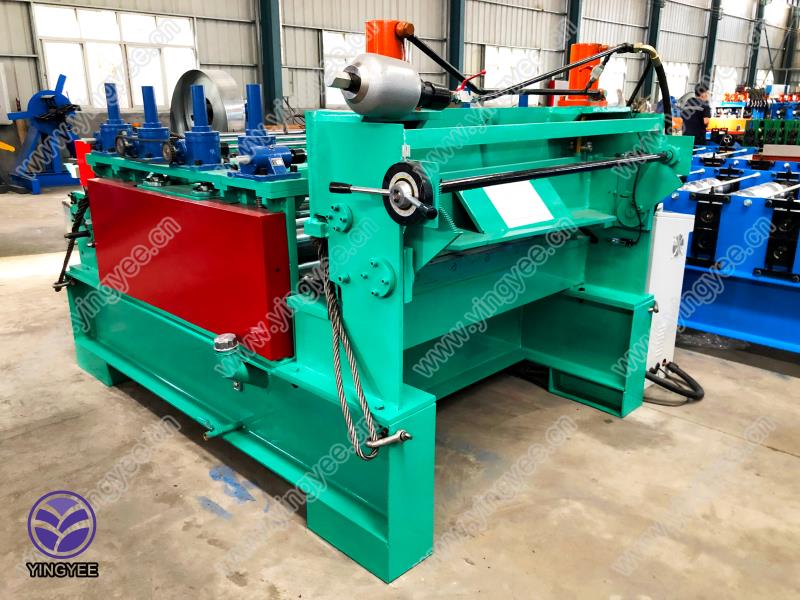
Stud and Track Keel Roll Forming An Overview
Roll forming is a continuous bending operation that transforms a long strip of metal into a desired cross-section. Among various applications, the stud and track keel roll forming process has emerged as a significant method for producing metal framing systems used in the construction industry. This article explores the intricacies of stud and track keel roll forming, its applications, benefits, and the technology behind it.
Understanding Stud and Track Keel Roll Forming
The stud and track system consists of vertical members (studs) and horizontal members (tracks) that work together to create a framework for walls and partitions. Roll forming is the manufacturing process used to produce these components efficiently. The process begins with a flat metal strip that is fed through a series of rollers, which progressively shape the metal into the desired profile.
The stud typically features a C-shaped or U-shaped cross-section, while the track has a similar but slightly modified profile to ensure a proper fit for the studs. This interlocking system provides strength and stability to the walls, making it ideal for both residential and commercial construction.
Applications of Stud and Track Systems
Stud and track systems produced through roll forming are widely used in various construction applications. These include
1. Interior Partitions The lightweight nature of these systems allows for the quick and efficient erection of interior walls, making them popular in offices, retail spaces, and hospitals.
2. Residential Construction Builders frequently use stud and track systems in the construction of homes, as they provide a cost-effective and durable framework for neither load-bearing walls nor partitions.
3. Commercial Buildings The flexibility in design and ease of installation makes stud and track systems suitable for large commercial projects, including shopping centers and office complexes.
4. Modular Construction The ability to produce standard sizes and shapes promotes the use of stud and track systems in modular construction, which aims to reduce construction time and costs.
Benefits of Stud and Track Keel Roll Forming

There are several advantages to using stud and track keel roll forming in construction
1. Efficiency in Production The roll forming process is highly efficient, allowing for the mass production of components. This leads to lower material waste and reduced manufacturing costs.
2. Consistency and Precision Automated roll forming lines ensure uniformity in the profiles produced, which is crucial for maintaining the structural integrity and aesthetic quality of the finished product.
3. Lightweight and Strong Metal studs and tracks provide a lightweight alternative to traditional wood framing while still ensuring strength and resilience.
4. Sustainability Many manufacturers utilize recyclable materials in the roll forming process, promoting environmentally friendly construction practices.
5. Versatility The roll forming process can accommodate various materials, including steel and aluminum, allowing for diverse applications based on the requirements of specific projects.
The Technology Behind Roll Forming
Modern roll forming technology involves advanced machinery that integrates computer numerical control (CNC) systems for enhanced precision and control. This technology allows manufacturers to design complex profiles that may be tailored to meet specific project demands.
Additionally, innovations such as hot and cold forming techniques, along with the use of advanced materials, enable better performance characteristics, such as improved resistance to corrosion and greater load-bearing capabilities.
The automation of the roll forming process has also led to increased production speeds and reduced labor costs, further bolstering the attractiveness of stud and track systems in the construction industry.
Conclusion
Stud and track keel roll forming is a vital manufacturing process that significantly contributes to modern construction techniques. Its efficiency, strength, and versatility make it the preferred choice for builders and manufacturers alike. As technology continues to evolve, the future of stud and track systems will likely see further innovations, enhancing their role in sustainable construction practices and the overall development of the built environment. The integration of advanced roll forming methods will not only streamline the production process but also contribute to higher quality standards in the construction field.